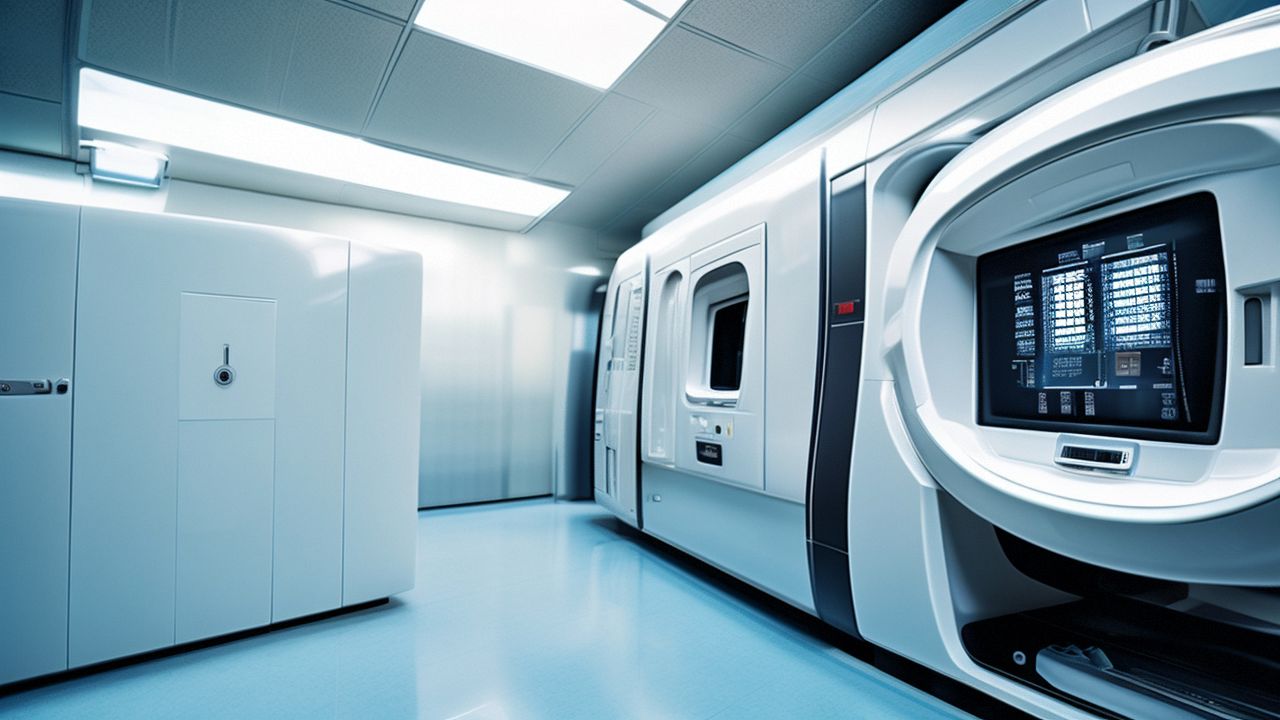Holter and echocardiography
Holter and echocardiography:
Dynamic Electrocardiogram (ECG) is a method that can continuously record and analyze the changes in a person’s heart electrocardiogram under both active and quiet states. This technology was first applied for monitoring cardiac electrical activity by Holter in 1947, hence it is also known as the Holter monitor. Nowadays, it has become one of the important non-invasive diagnostic tools in the field of clinical cardiology.

Compared with conventional ECG, dynamic ECG can continuously record about 100,000 heart electrical signals within 24 hours, thereby improving the detection rate of non-persistent arrhythmias, especially temporary arrhythmias and myocardial ischemia attacks. Therefore, dynamic ECG has significantly expanded its clinical application scope. In the diagnosis of coronary heart disease, dynamic ECG plays an important role in the following three aspects.
- Coronary artery hypoperfusion: Dynamic electrocardiogram has a high value in diagnosing coronary artery hypoperfusion, especially for detecting transient myocardial ischemia attacks, which can increase the detection rate.
- Myocardial infarction: In diagnosing myocardial infarction, dynamic electrocardiogram can first make an accurate diagnosis based on the typical electrocardiogram characteristics of myocardial infarction. Additionally, it can record the evolution of the electrocardiogram and understand the progression of the disease. Dynamic electrocardiogram can also detect painless myocardial ischemia after infarction.
- Observing complex arrhythmias: Dynamic electrocardiogram is particularly useful for detecting complex arrhythmias, especially those that are life-threatening. By analyzing the types, frequencies, and relationships of arrhythmias with activities and sleep, it can help identify high-risk patients and determine further examinations and treatments. Typically, patients with ventricular premature beats (palpitations) of less than 1 episode per hour have a mortality rate of only about 5% within two years. However, patients with ventricular premature beats of ≥10 episodes per hour have a mortality rate of over 20%, and the mortality rate is even higher for those with paired ventricular premature beats or short episodes of ventricular tachycardia.
What is an echocardiogram?
An echocardiogram is a medical examination method that uses ultrasound technology to observe and evaluate the structure, function, and blood flow dynamics of the heart. By contacting the skin with an ultrasound probe, the emitted ultrasound waves propagate within the human body and reflect at the interface of different density tissues. The reflected sound wave information is received by the probe, amplified, and displayed on the screen.
The main contents of an echocardiogram examination include:
- Observation of heart structure: Displaying the size, shape, position, and structural abnormalities of various parts of the heart, such as hypertrophy, tumors, and stenosis.
- Assessment of heart function: Evaluating the systolic and diastolic function of the heart, such as cardiac output and myocardial contractility.
- Analysis of blood flow dynamics: Observing the blood flow velocity, direction, and abnormal blood flow in various parts of the heart, such as stenosis and regurgitation.
Common echocardiogram examination methods include:
- M-mode ultrasound: Displaying the longitudinal section of the heart, observing the dynamic changes of heart structure.
- Two-dimensional ultrasound: Displaying the cross-section of the heart, providing detailed information about heart structure.
- Pulsed Doppler ultrasound: Measuring the blood flow velocity and direction at a specific point in the heart.
- Color Doppler ultrasound: Real-time display of blood flow dynamics in various parts of the heart, making it easy to observe blood flow velocity, direction, and abnormal blood flow.
Echocardiography plays an important role in the diagnosis and evaluation of cardiovascular diseases such as coronary heart disease, myocardial disease, heart valve disease, and congenital heart disease. At the same time, it has the advantages of non-invasiveness, safety, and real-time dynamics, making it an important means of cardiovascular disease screening and follow-up.
Suppliers In the United States
In the United States, there are several prominent suppliers of Holter monitoring and echocardiography equipment, which are essential tools in the diagnosis and management of cardiovascular diseases. Holter monitors are portable devices that record the heart’s electrical activity over an extended period, typically 24 to 48 hours, providing valuable data on heart rhythm and possible abnormalities. Echocardiography, on the other hand, uses ultrasound waves to create images of the heart, allowing for the assessment of heart structure and function.
One of the leading suppliers in this field is GE Healthcare, a subsidiary of General Electric Company. GE Healthcare offers a range of Holter monitors and echocardiography systems known for their advanced technology and reliability. Their products are designed to provide healthcare professionals with accurate and detailed information to support diagnosis and treatment planning.
Another major player is Philips Healthcare, part of Royal Philips, a global leader in health technology. Philips provides innovative solutions for both Holter monitoring and echocardiography, including compact and user-friendly devices that cater to the needs of various healthcare settings, from hospitals to clinics and even home care.
Siemens Healthineers, a division of Siemens AG, also offers a comprehensive portfolio of cardiovascular diagnostic equipment, including Holter monitors and echocardiography systems. Their products are known for their high-quality imaging capabilities and integration with advanced software for enhanced data analysis and reporting.
Additionally, companies like Mortara Instrument and Spacelabs Healthcare specialize in cardiac monitoring devices, including Holter monitors, and contribute to the diverse market of cardiovascular diagnostic equipment in the United States. These suppliers are committed to advancing the field of cardiology through continuous research and development, ensuring that healthcare providers have access to the latest technologies for better patient care.




